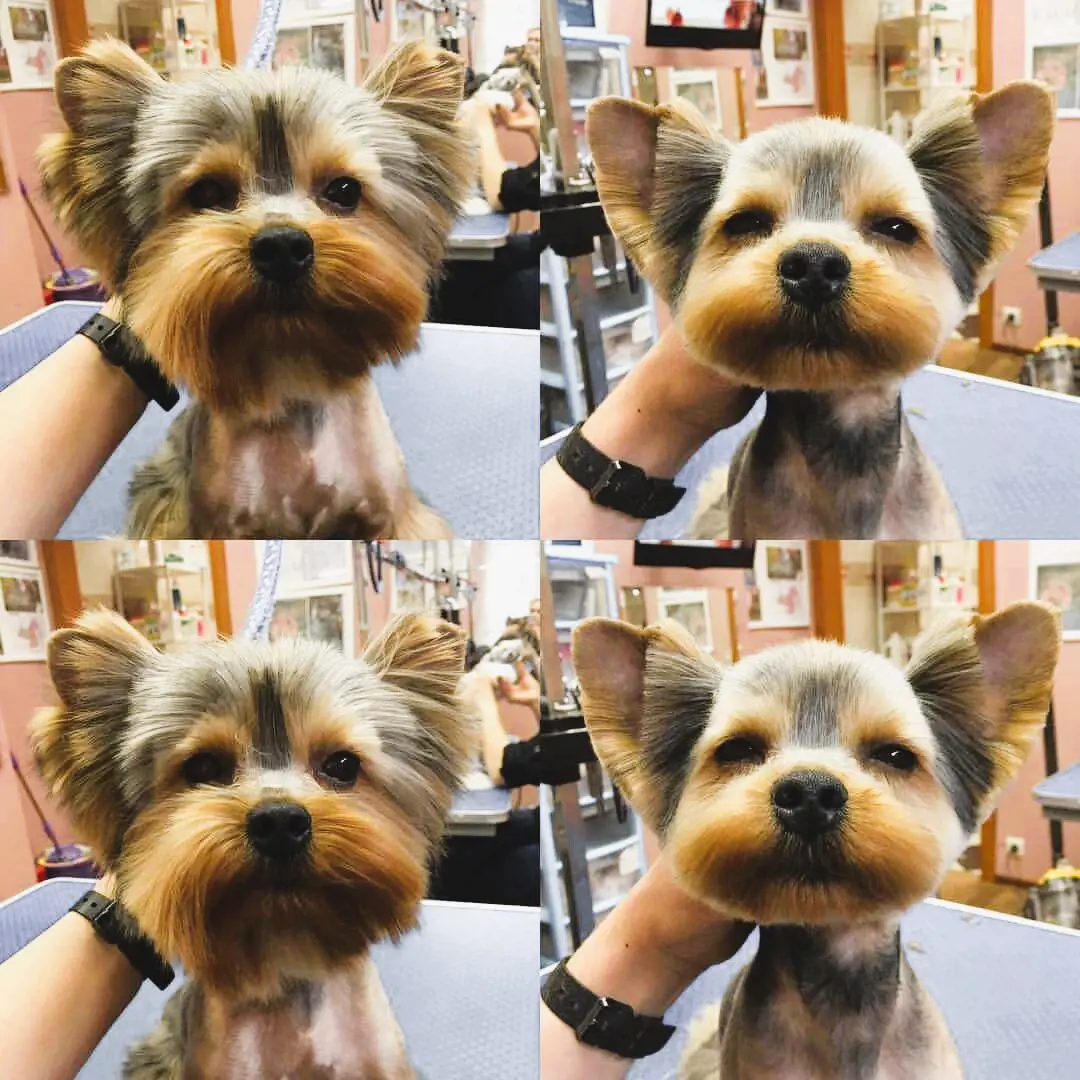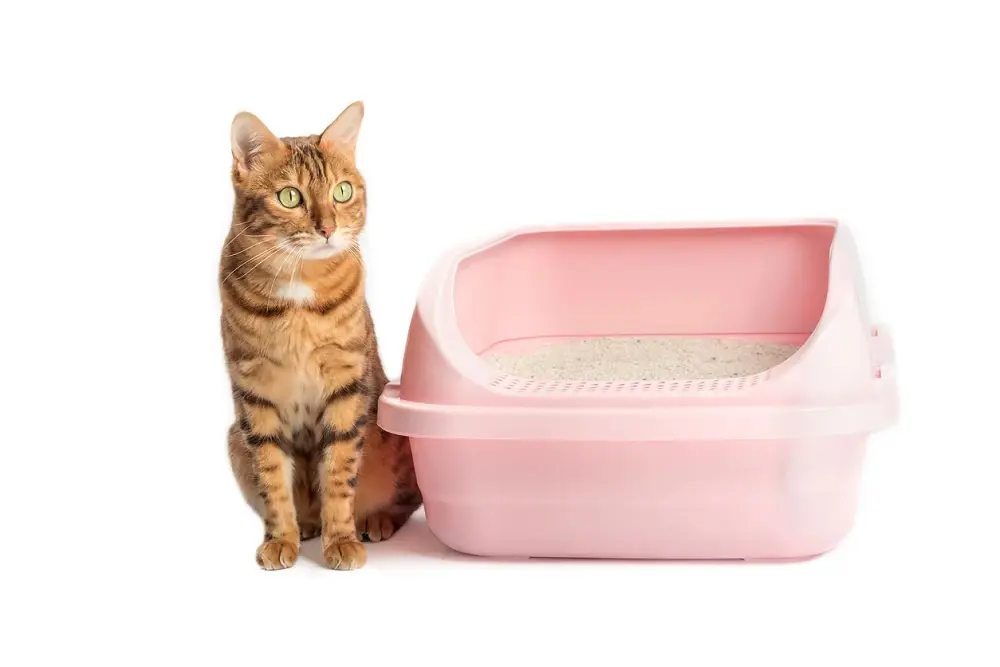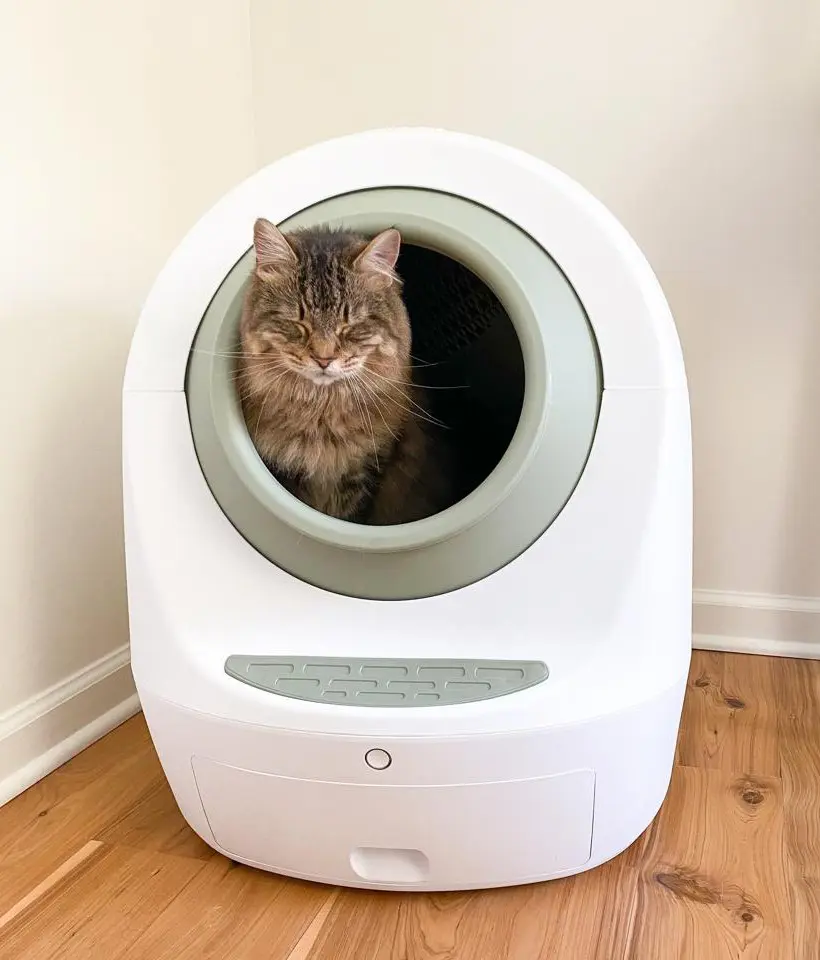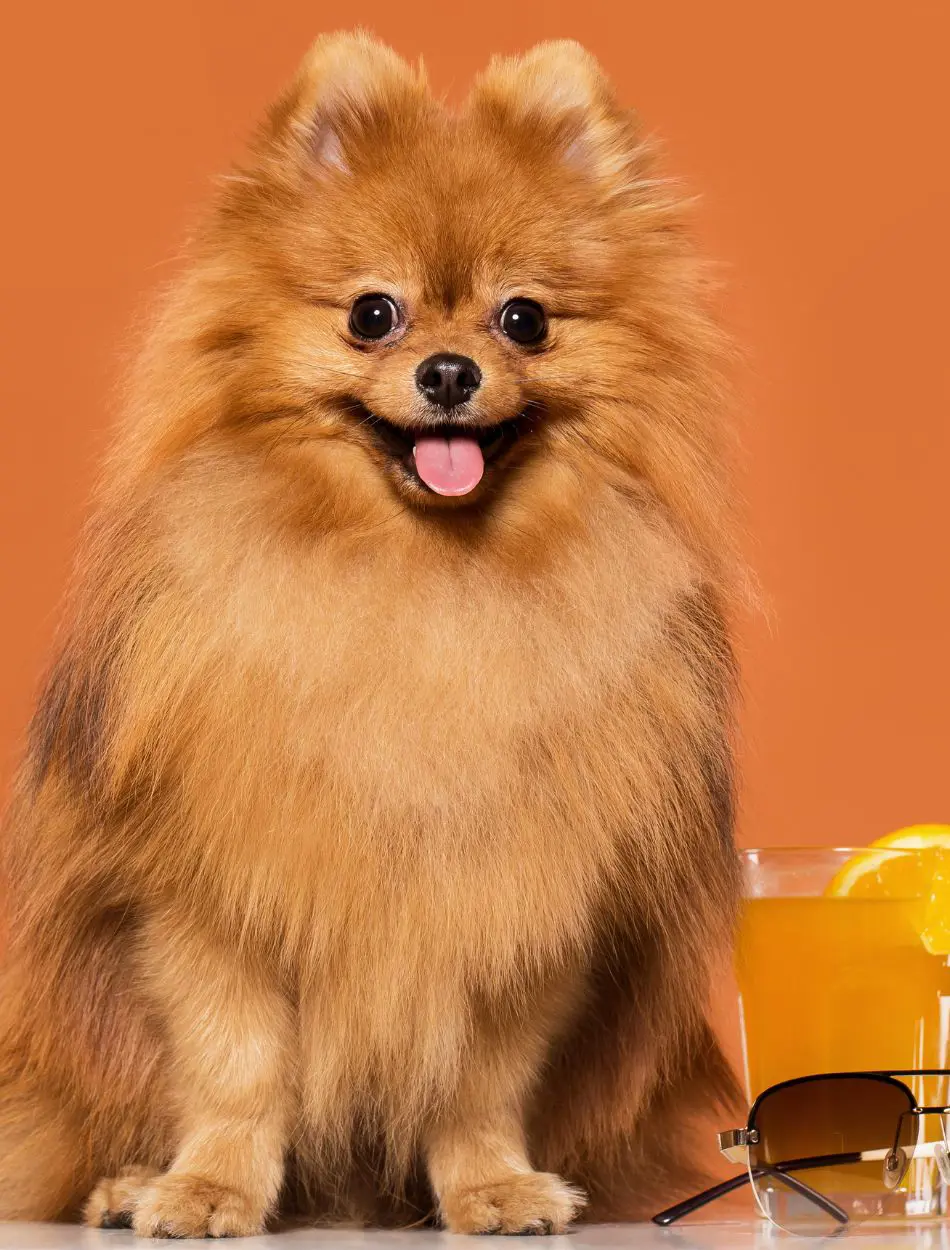20 Dog Body Language And Behaviors That Every Pet Lovers Should Know
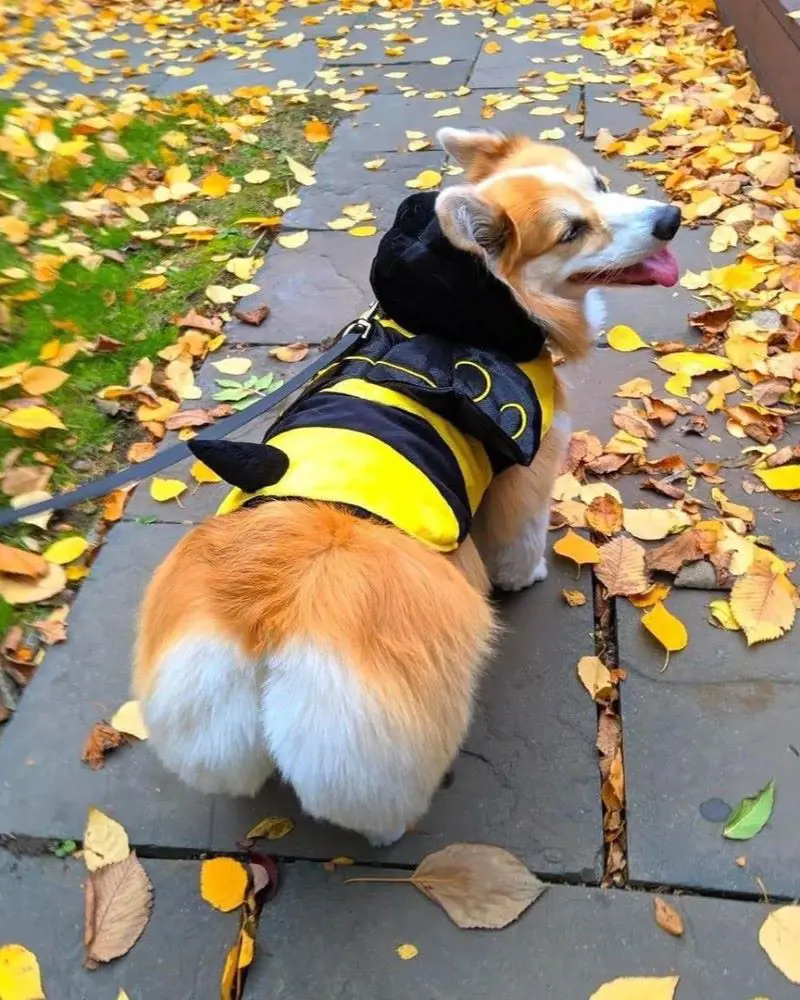
The dog is a highly intelligent and emotional creature that has served as a human companion for thousands of years. While they can't verbally communicate, dogs are known to share their messages in oral and physical ways.
Besides barking, they are known to communicate with their owners via a series of body language and behavior.
Understanding a dog's body language is essential to comprehend their emotions and ensure their well-being. Take a look below to understand how a dog's posture is affected by the changes in its mood and behavior.
1. Growling

A dog growls as a means of communication and expression. It is a way for them to convey their emotions and intentions to others. Dogs may growl when they feel threatened, fearful, or territorial. It can also be a sign of aggression or frustration.
Growling is their way of warning others to stay away or back off. Dogs may also show this behavior when they are in pain or uncomfortable. It is crucial to understand that growling is a natural behavior for dogs and should not be punished or suppressed.
2. Tucking Tail
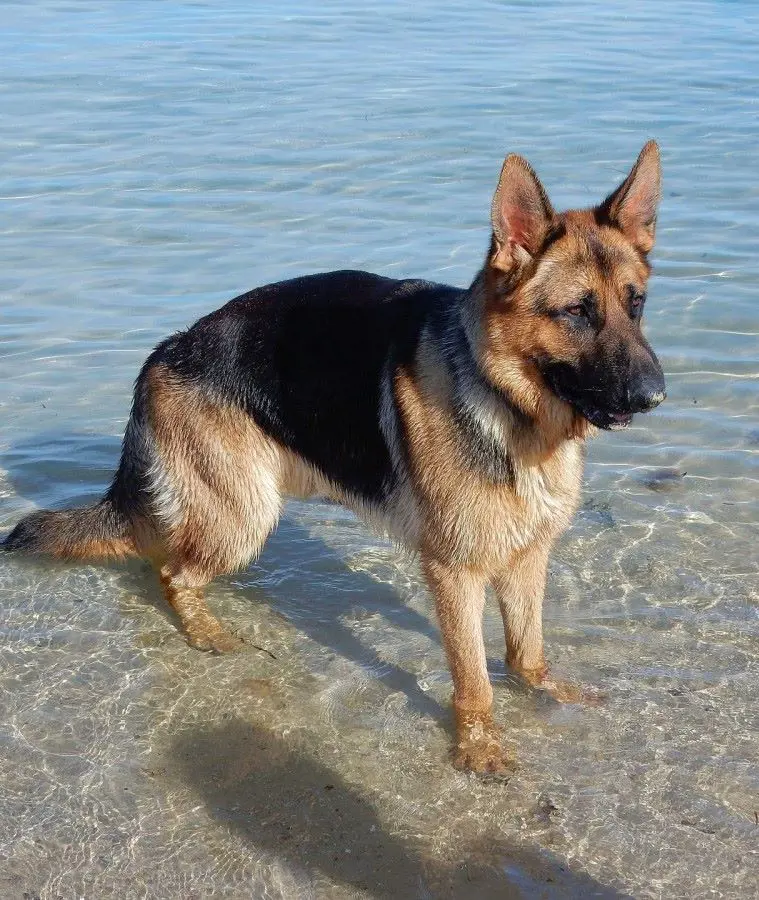
When a dog tucks its tail, it generally implies fear, anxiety, or submission. Tucking the tail between the hind legs is a common behavior in dogs, and it can be a way for them to communicate their emotional state to others. By tucking the tail, dogs attempt to make themselves appear smaller and less threatening.
Fear is one of the primary reasons for tail tucking. Dogs may tuck their tails when they encounter a new or intimidating situation or exposure to loud noises. It can also indicate anxiety or nervousness if combined with signs like lowered head, flattened ears, or crouching.
3. Whining

A dog's whining can have various meanings, as it serves as a form of communication. It often indicates that the pup is seeking attention or trying to convey a specific need or desire. They may whine when they are hungry, thirsty, or need to go outside to relieve themselves.
Dogs may also whine when they are feeling anxious, scared, or in pain. In some cases, these animals may show the behavior to express frustration or boredom. Whining can also be a sign of separation anxiety, especially when the dog is left alone.
4. Play Bow
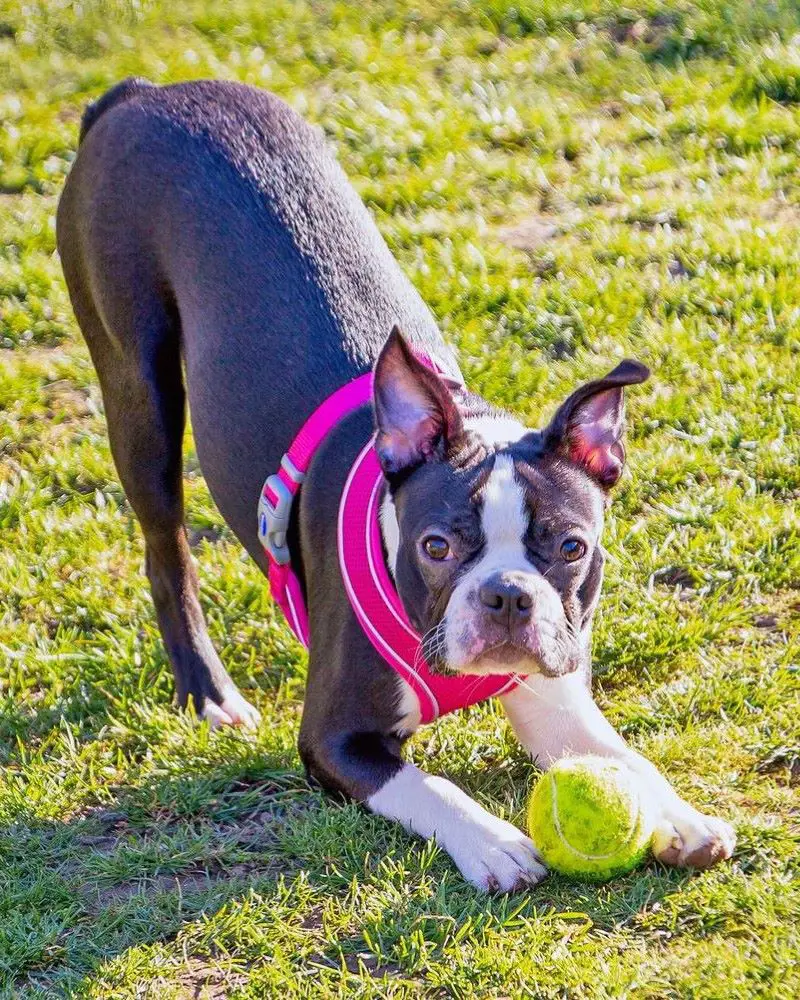
Bowing is a sign of a dog trying to communicate or play with its owner. When a dog bows, they lower their front end while keeping their hind end elevated. This posture signals friendliness, relaxation, and an invitation to engage in play with other dogs or humans.
Bowing is a non-threatening behavior that helps establish social bonds and build trust. It can also be a way for dogs to indicate that they are not a threat and want to diffuse a potentially tense situation. Furthermore, dogs may bow as a way to stretch their muscles and relieve tension.
5. Lip Licking

The dog licking its lips can indicate various things depending on the context. One common reason is that they are simply cleaning their face or mouth. However, lip licking can also be a sign of anxiety or stress.
Dogs may lick their lips when they are feeling uncomfortable or nervous in certain situations, such as during a visit to the veterinarian or when meeting new people or animals. It can also be a displacement behavior when they are conflicted or unsure about how to react to a particular situation. Additionally, dogs may lick their lips as a way of showing submission or appeasement to assert dominance or avoid conflict.
6. Erect Ears
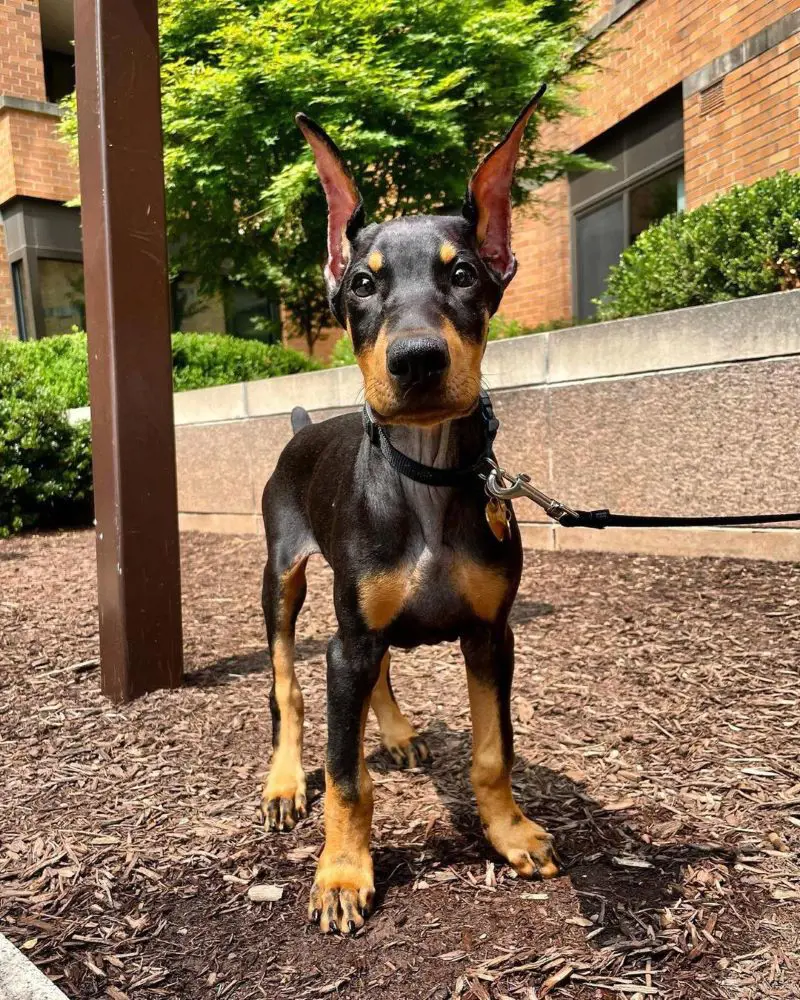
Erect ears are considered a natural characteristic in some breeds, while in others, they may indicate specific behavioral or emotional states. It usually signifies alertness and attentiveness.
Dogs with erect ears are often highly alert and attentive to their surroundings. This is particularly seen in breeds like German Shepherds and Dobermans, where erect ears help them detect sounds more efficiently. In such cases, erect ears are a sign of the dog being on high alert and ready to respond to any potential threats or stimuli.
7. Sniffing Other Dogs

Dogs sniff other dogs primarily as a way to gather information and communicate. The sense of smell is highly developed in dogs, with their noses containing up to 300 million scent receptors compared to our mere 5 million.
When a dog sniffs another dog, they are able to detect a vast amount of information about the other dog's gender, age, health, diet, mood, and even reproductive status. Moreover, sniffing is also a way for dogs to establish social bonds and understand the hierarchy within a group.
8. Showing Teeth
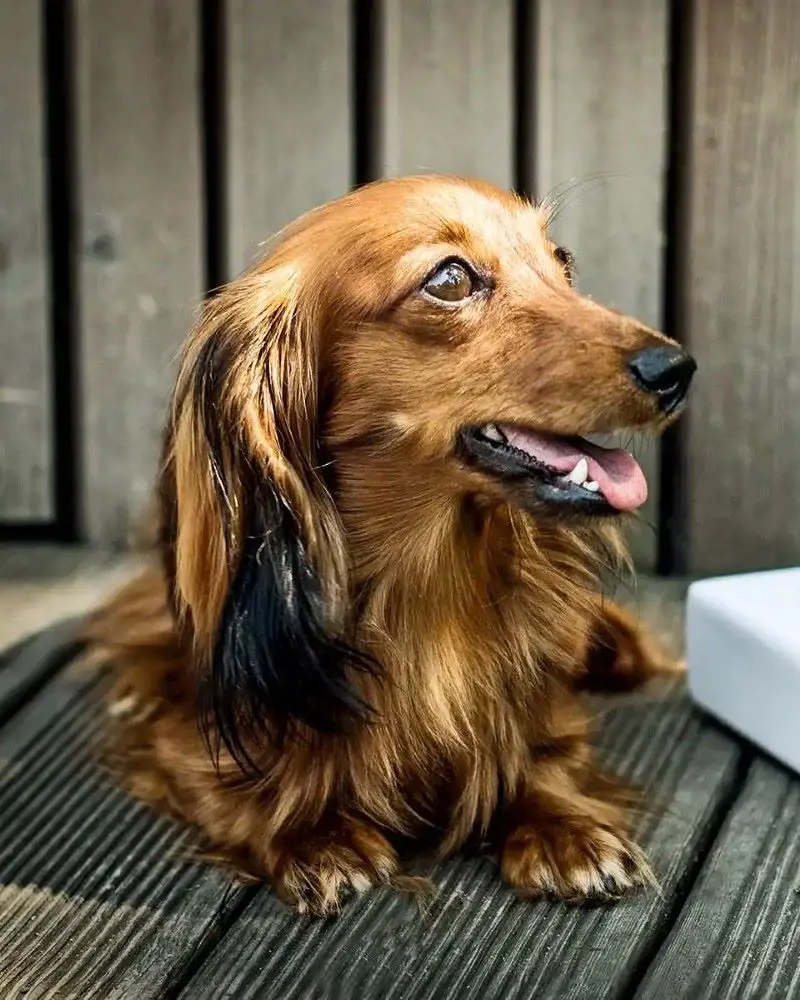
Dogs show their teeth as a way of conveying various messages and expressing their emotions. One common reason for a dog showing its teeth is aggression or fear. When a pup feels threatened or cornered, it may bare its teeth as a warning sign to indicate that it is ready to defend itself if necessary.
On the other hand, dogs also display a "smile" by showing their teeth when they are happy or excited. This is often seen during play or when they greet their owners. Meanwhile, a submissive dog may show its teeth while lowering its head or body to signal that it poses no threat.
9. Nudging
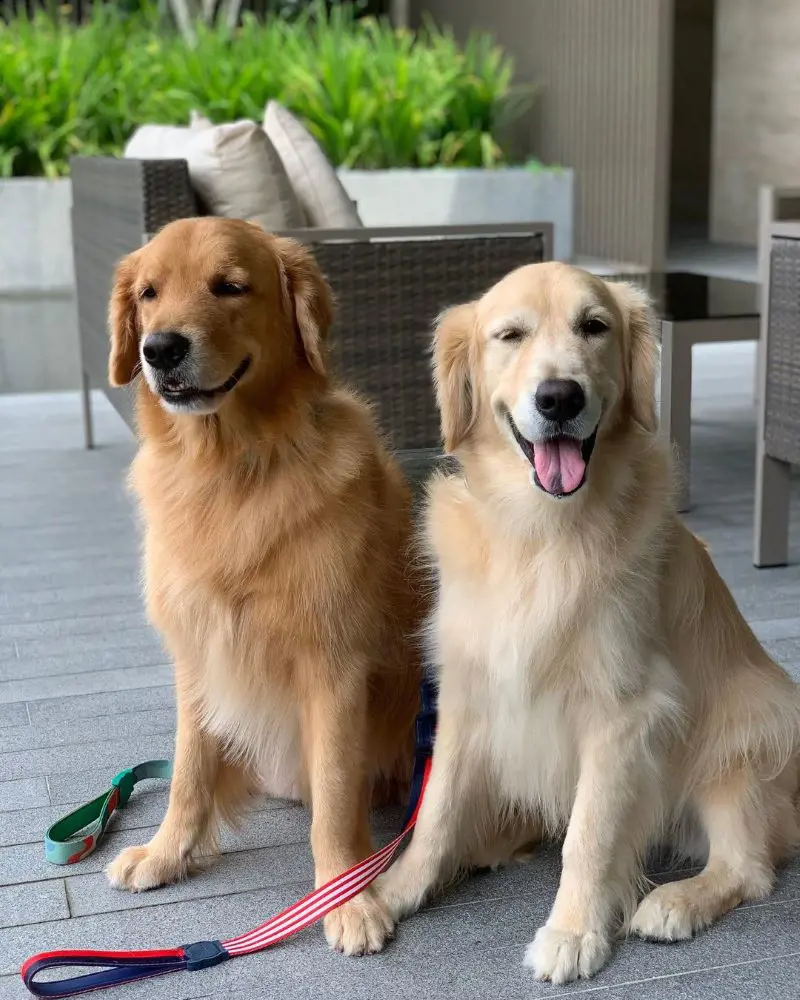
Nudging refers to the action of gently pushing or bumping someone with a nose or body. Dogs use nudging as a form of communication, expressing a variety of emotions or desires. By nudging, most dogs are seeking physical contact, wanting to be petted, or simply craving human interaction.
Moreover, nudging could be a sign of affection or bonding. Dogs may nudge their owners or other animals to establish a connection or show their love. It can be seen as a gesture of trust and a desire for closeness.
10. Lifted Paw

A lifted paw in a dog can have various meanings depending on the context and situation. For instance, when a dog lifts its paw while standing or sitting, it could be a sign of anticipation or attention. Dogs often use this gesture when they are focused on something interesting or waiting for instructions.
Additionally, a raised paw can also be a display of submission or an attempt to seek attention from their owners. Some dogs may lift their paw when they want to initiate play or when they are seeking reassurance. However, it is important to consider the dog's body language and other signals to fully understand the meaning behind the lifted paw.
11. Excessive panting
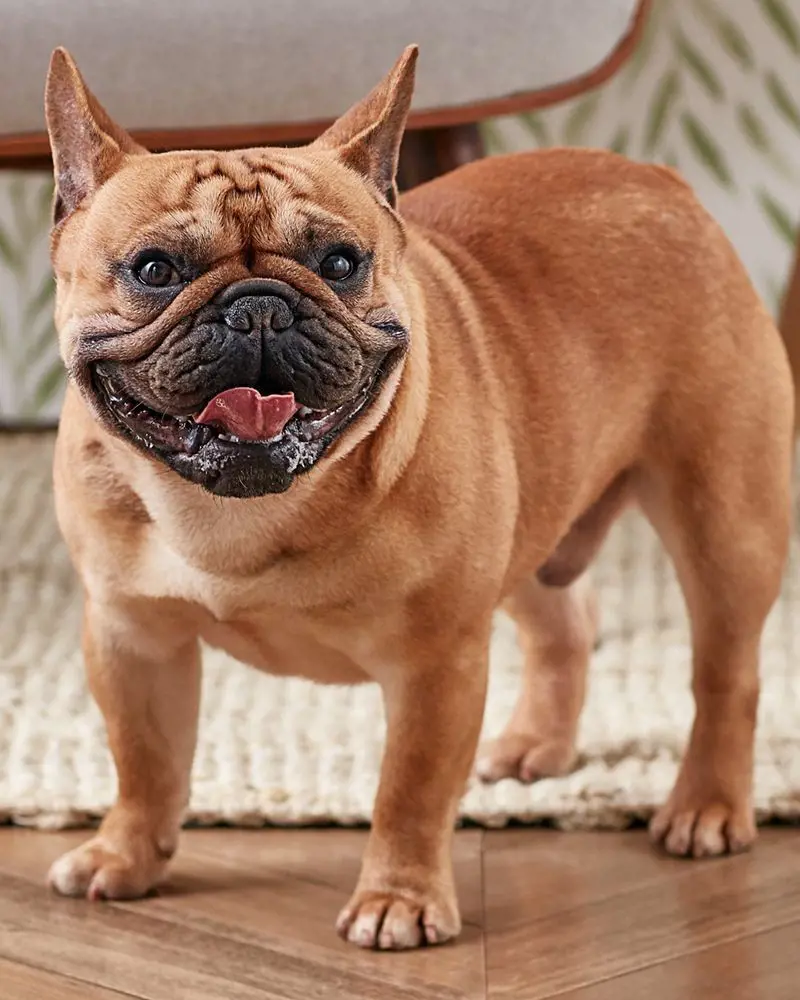
Excessive panting in dogs can be a sign of poor health, although it is important to consider other symptoms. Panting is a normal way for dogs to cool themselves down, but if it occurs in situations where the dog is not overheated or after minimal exercise, it may indicate an underlying health issue.
Possible causes of excessive panting include heatstroke, respiratory problems, heart disease, pain, anxiety, or certain medications. Additionally, certain breeds pant more than others due to respiratory issues. If a dog is panting excessively and also exhibits other concerning symptoms like lethargy, coughing, or difficulty breathing, consult a veterinarian.
12. Rolling Over
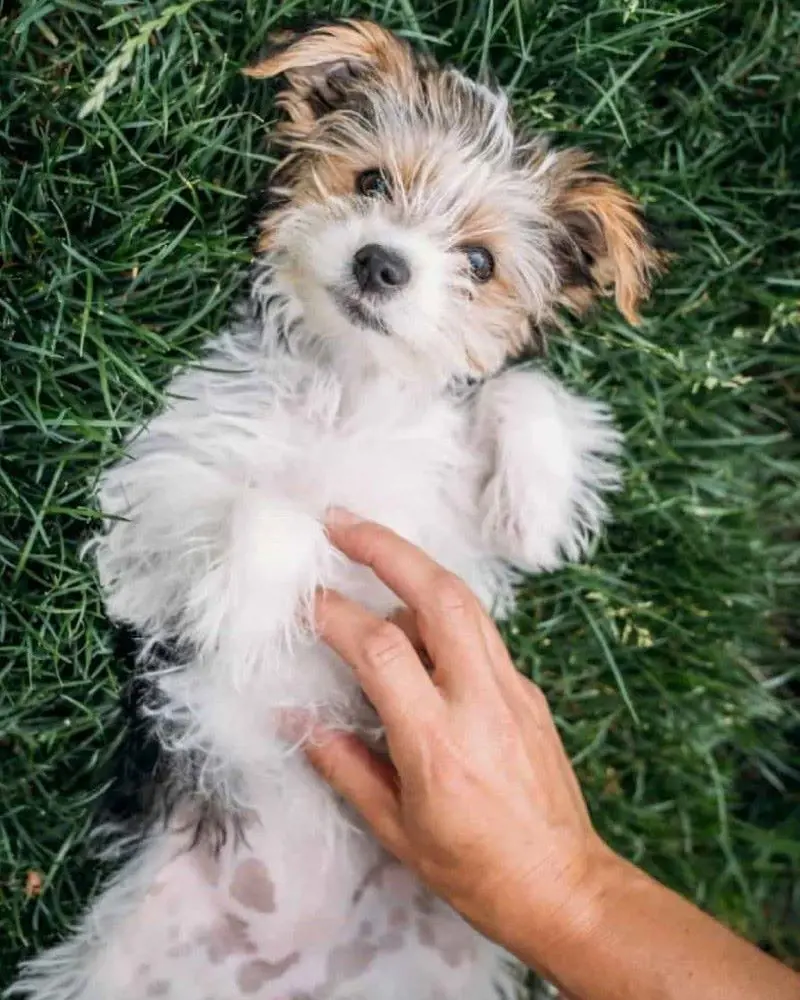
When a dog rolls over, it typically signifies submission, trust, or a request for attention. Rolling onto their back exposes their vulnerable belly, indicating that they feel safe in their surroundings.
In this position, dogs may be seeking affection, wanting their belly rubbed, or inviting playfulness. Rolling over can also be a sign of submission, acknowledging a dominant figure, or trying to avoid conflict. Dogs may roll over to show deference to humans or other animals they perceive as higher in rank. Additionally, some dogs may roll over as a learned behavior, as they have been rewarded in the past for doing so.
13. Excessive Sniffing

Excessive sniffing in dogs doesn't necessarily indicate that something is wrong with the dog. Canines have an exceptional sense of smell, and they use sniffing as a way to gather information about their environment. It is their way of exploring and investigating the world around them.
However, if a dog suddenly starts excessively sniffing or shows a change in their normal behavior, it could be an indication of an underlying problem. It may be a sign of anxiety, stress, fear, or even a medical issue such as an infection or allergies.
14. Looking The Other Way
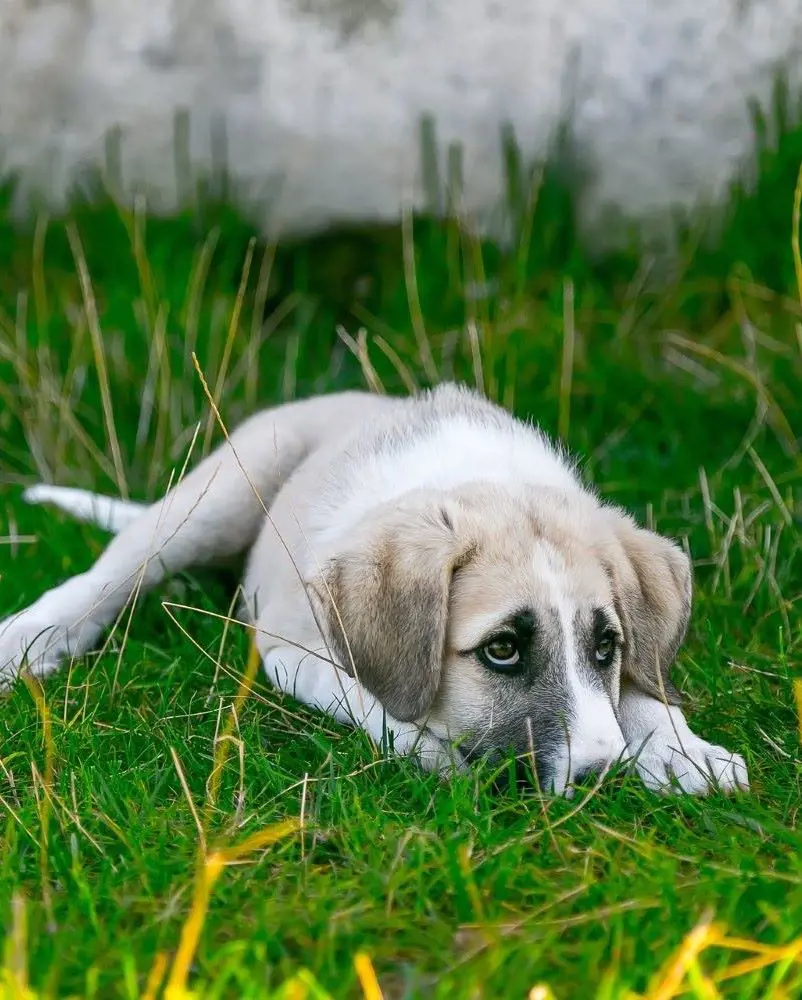
If a dog avoids eye contact and mostly looks away, it may be a sign of submission or respect towards a person. Dogs have a hierarchical social structure, and maintaining eye contact can be seen as a challenge or a sign of dominance. By averting their gaze, they are showing deference and avoiding any confrontation.
Moreover, avoiding eye contact can be a sign of fear or anxiety. Dogs may look away when they feel uncomfortable or threatened in a particular situation or around certain individuals. This behavior may be accompanied by other stress signals like lip licking, yawning, or turning their body away.
15. Touching Nose With Tongue
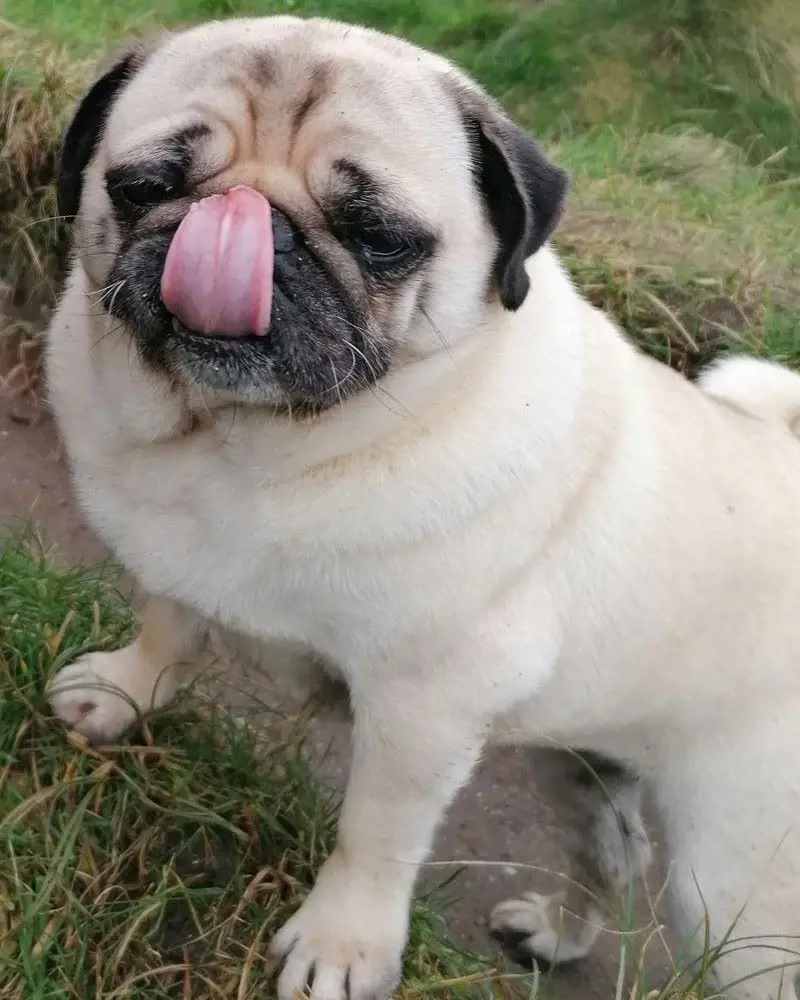
A dog touching its nose with its tongue is often a normal behavior and not necessarily indicative of a specific meaning. Dogs use their tongues to explore and interact with their environment, including their own bodies.
Licking their nose can serve various purposes. Firstly, dogs have a heightened sense of smell, and licking their nose may help them collect and analyze scents more effectively. Secondly, it could be a way to clean their nose or remove any debris that may have stuck to it.
Additionally, dogs may lick their noses as a self-soothing behavior when they are anxious or stressed. It is vital to consider other body language and context when interpreting a dog's behavior.
16. Tongue Flicking

Dogs flick their tongues for various reasons. One common reason is to cool themselves down. Unlike humans, dogs do not sweat through their skin, so they rely on panting and flicking their tongues to regulate their body temperature.
Additionally, dogs may flick their tongues when they are nervous or anxious. It can be a sign of stress or discomfort. Dogs also use their tongues to clean themselves, their fur, and even their wounds. It is a natural behavior for dogs, and it serves various purposes in their daily lives.
17. Yawning

Yawning in dogs serves a similar purpose to that in humans. The activity is believed to have several functions, including regulating brain temperature and oxygen levels, as well as signaling relaxation and reducing stress.
Dogs often yawn when they are tired or bored, as a way to calm themselves down. Yawning can also be contagious among dogs, just like in humans, as a form of social bonding or empathy. Additionally, dogs may yawn as a way to communicate their non-aggressive intentions during social interactions with other dogs or humans.
18. Wagging Tail

A dog wags its tail as a form of communication. It is a way for dogs to express their emotions and intentions to other dogs and humans. When a dog is happy and excited, it will wag its tail vigorously, indicating its positive emotions.
On the other hand, a slow wag or a tucked tail can indicate fear or submission. The tail-wagging behavior is controlled by a dog's brain, specifically the limbic system. The brain sends signals to the tail muscles, causing them to move in different ways depending on the dog's emotional state.
19. Cowering

Cowering in dogs is a behavioral response that signifies fear, anxiety, or a sense of being threatened. When dogs cower, they typically lower their body posture, tuck in their tail, flatten their ears against their head, and may even try to hide or retreat.
This behavior is a clear indication that the dog is feeling frightened or insecure in a particular situation. Cowering can be triggered by various factors like loud noises, unfamiliar environments, aggressive behavior from other animals or humans, past traumatic experiences, or even punishment-based training methods.
20. Standing Tall With Hair Raised
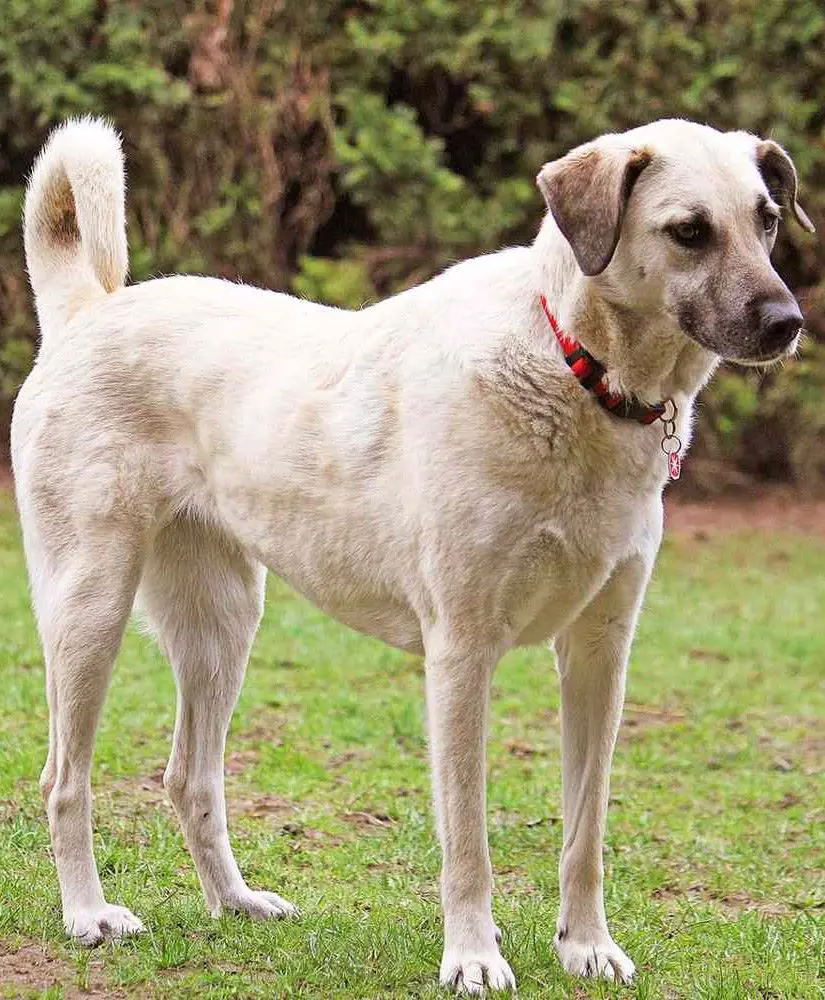
When a dog stands tall with raised hair, it is usually a sign of aggression or fear. This behavior, known as piloerection, occurs when the dog's hair follicles contract, causing the hair to stand on end. The raised hair makes the dog appear larger and more intimidating as a defense mechanism.
In aggressive situations, a dog may stand tall and raise its hair to assert dominance. It is a way for them to make themselves look more threatening to potential threats or challengers. On the other hand, fear or anxiety can also cause a dog to display piloerection.
Recent posts
Pet Grooming
18 Goldendoodle Haircut To Try On Your Pup
Goldendoodle are a wonderful little breed of dogs produced by crossing golden retrievers with poodles. These cute furry creatures are widely known and praised for their beautiful hair whether it is curly, wavy or straight. Due to their long hair and ...
Best 20 Yorkie Haircuts To Try For Your Sweet Pup
Yorkshire Terriers are known for their luxurious long, silky, straight coats. The hair is fine and glossy, similar to human hair. It grows continuously and can reach the ground if left untrimmed. Yorkies do not have an undercoat, which means they sh...
Easy Nail Trimming Tools And Tricks For Keeping Your Cat Nails In Check
Cat nail trimming can be a challenging task but with the right approach and a bit of finesse, it can become manageable and even a delightful experience. Cat owners seeking to achieve nail trimming at home need to incorporate gentle techniques and und...
How To Bathe A Dog: Step By Step Guide
Bathing your canine companion is more than just a routine; it's vital to their overall well-being. Proper dog bathing keeps their coat clean and shiny and contributes to their skin health and overall happiness. Regular dog bathing is crucial for main...
Understanding Why Cats Pee Outside the Litter Box
When your cat starts peeing outside the litter box, it's not just an inconvenience; it's a signal that something might be wrong. Here, we'll explore the common reasons behind this behavior and provide practical solutions to address the issue. Medical...
The 13 Best Cat Litter Boxes, Tested With Real Cats
Finding the perfect litter box for your feline friend can make all the difference in maintaining a clean and odor-free home. After rigorous testing with real cats, we've identified the top contenders across various categories to suit different needs ...

